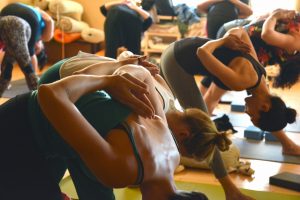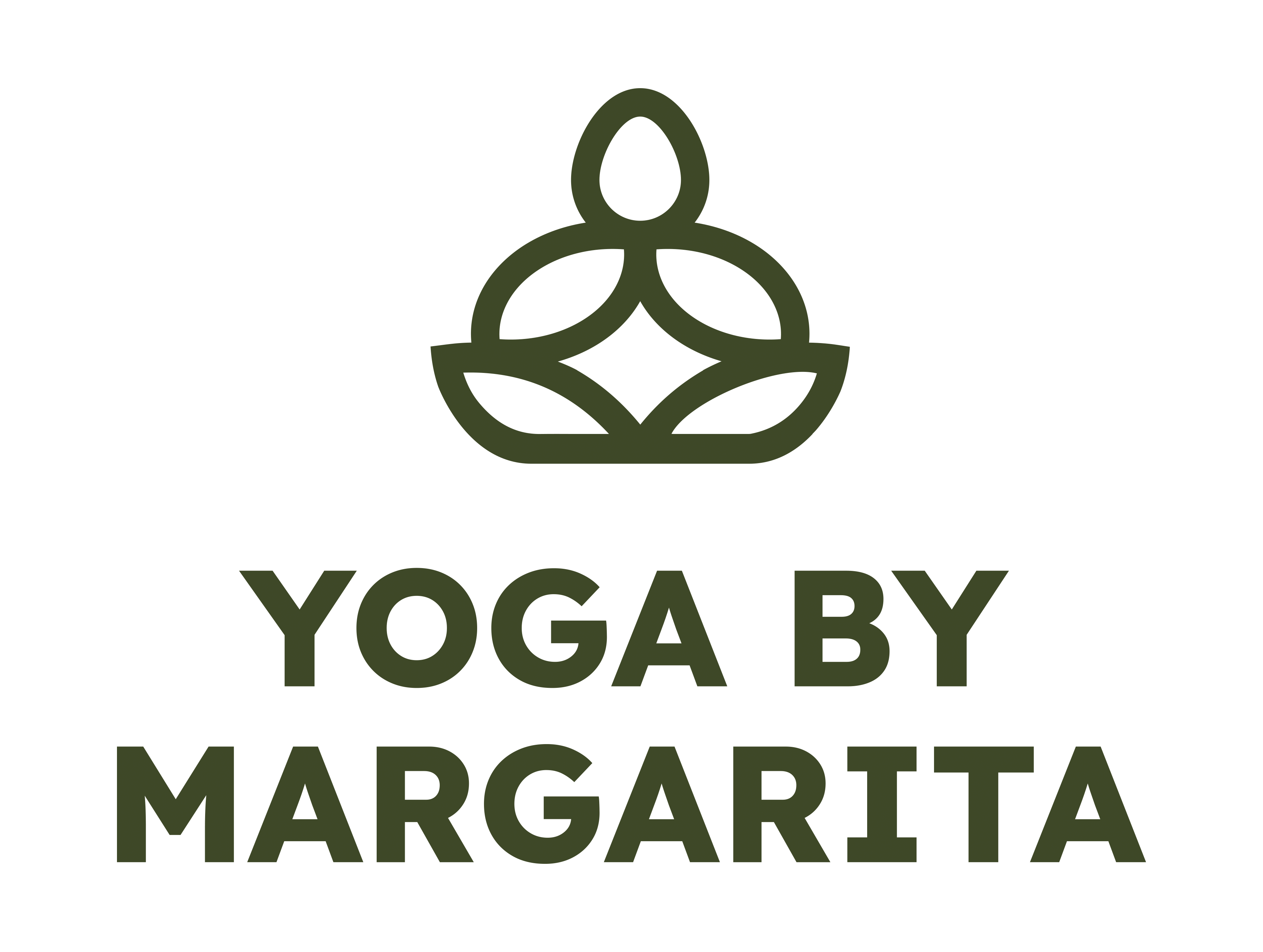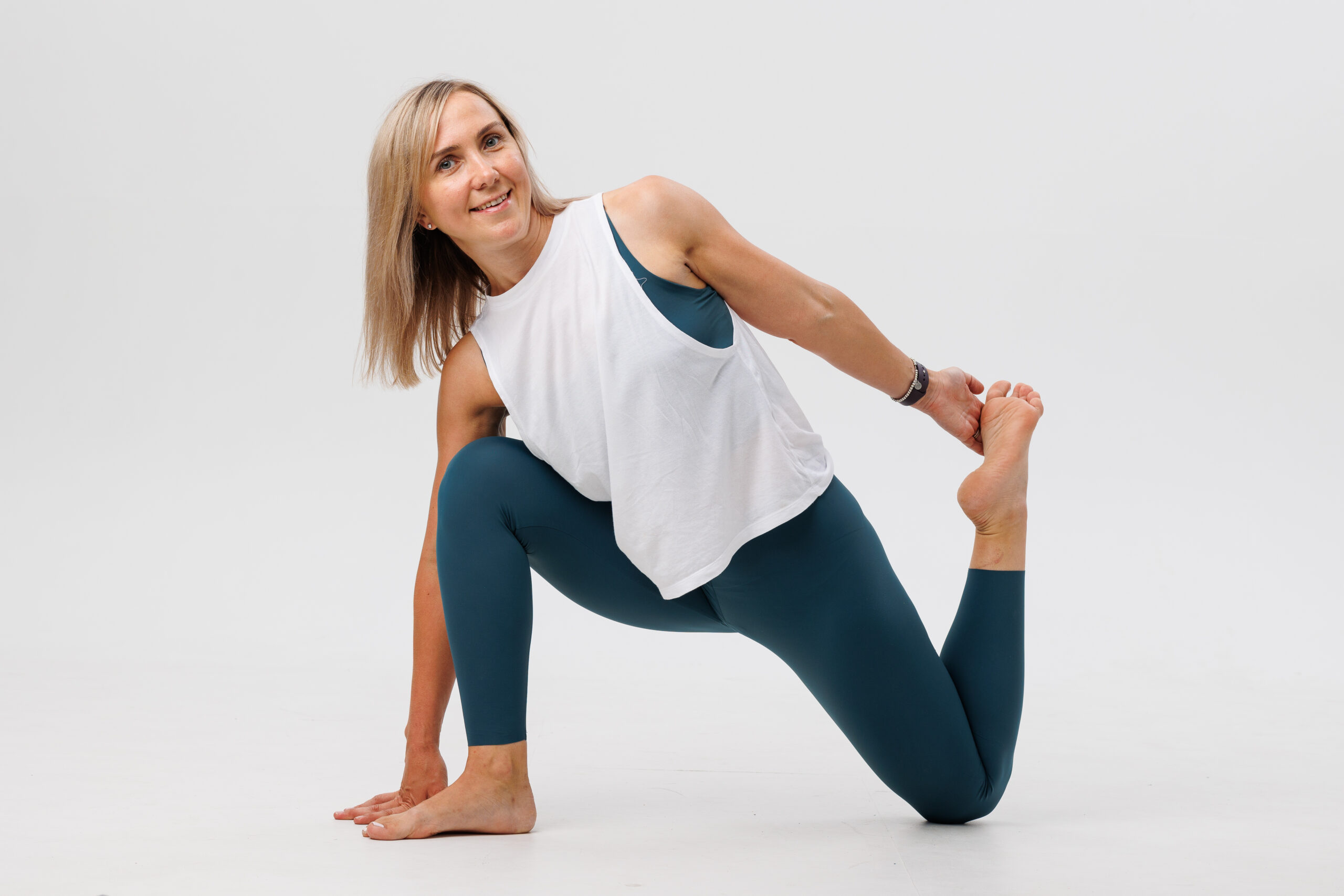Table of Contents
ToggleThe History of Yoga
Due to the oral transmission of sacred texts and the secretive nature of the teaching, the exact dates of the origins history of yoga are difficult to verify.
In fact, according to modern historians, the first written copies of the yoga were found in southwestern Asia. It was around 5,000 years ago, but it is believed they were there orally for much longer. Some sources were given up to 10,000 years or even more.
For the most part, it was a collection of sacred songs, mantras and rituals which was used by Vedic priests known as Brahmas. Moreover, in the sources appear the first mention of ascetics and ascetic practices, the first explicit references to yoga appear. Concepts of withdrawing the scenes, controlling the mind, and attaining liberation are mentioned in founded materials too.
The evolution of yoga is believed to span since that time. During this long development it has branched into many different styles and schools. Some concentrate on the mind and meditation, some on exercise and breathing.

The History of Yoga – Raja and Jnana Yoga
In the first place Raja yoga was founded before 1000 BCE. It is the earliest form of yoga, which is known as meditation.
In the art of the ancient East the Buddha was often depicted meditating. His knees closed in one of the classic cross-legged sitting positions.
That is the first yoga postures, in modern yoga named lotus. It was developed by the sages because they enabled them to sit in meditation without moving for long periods.
In fact, the ancient form of yoga Buddha practiced survives today as Raja yoga – “the king of yoga” – because all yoga pathways are said to lead to it.
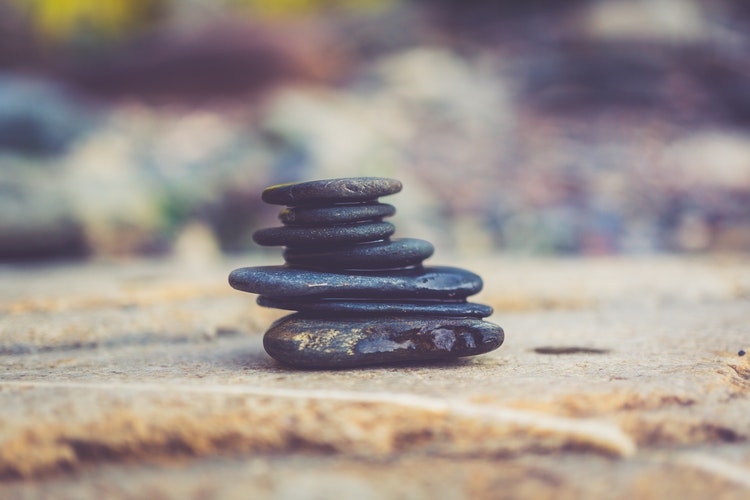
Later on, the first writing of Jnana yoga – yoga of knowledge was founded c. 900 BCE. It is intuitive, enlightening knowledge which is gained from enquiry and insight. It is a process of slowly discovering the nature of our personality with intellectual guidance.
There have been many famous Jnana yogis who have defied logic. They gained knowledge through intuition and by seeing something that was not defined by the existing, accepted knowledge of the time.
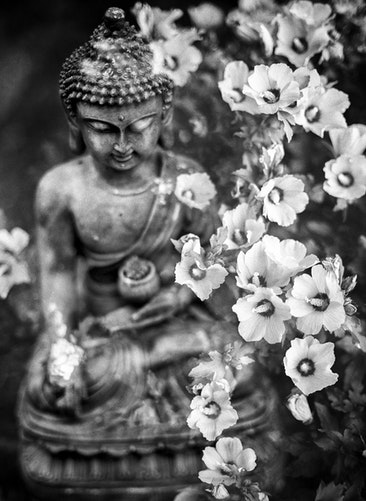
The History of Yoga – Yoga Sutras
Furthermore The Yoga sutras (collection of 196 Indian sutras (aphorisms) on the theory and practice of yoga) were compiled prior 200 BCE by sage Patanjali.
He writes the yoga sutras, giving guidance on meditation and the practice of yoga. It was the first yoga manual from older traditions.
Later, 1200 years ago, the sage Ramanuja initiates Bhakti yoga. The yoga of devotion to a personal god.
Through service to God or to other people, through prayer, and through faith, one achieves enlightenment. Bhakti yoga as one of three spiritual paths for salvation is discussed in depth by the Bhagavad Gita (Song of the Lord).
The History of Yoga – Hatha Yoga
Finally 1000 years ago, science of Hatha yoga started to develop and gained more and more popularity over a period of time. The tradition or science was found by Sage Matsyendranath, his followers and his discipline Sage Gorakhnath.
As a result, they designed wonderful techniques from the Tantras (a Hindu or Buddhist mystical or magical text), leaving aside some of the ritualistic parts which had many sociality unacceptable methods. Obviously, the focus was on purification, asanas (yoga postures), cleansing, pranayam (breathing) as well as mudras and bandhas.
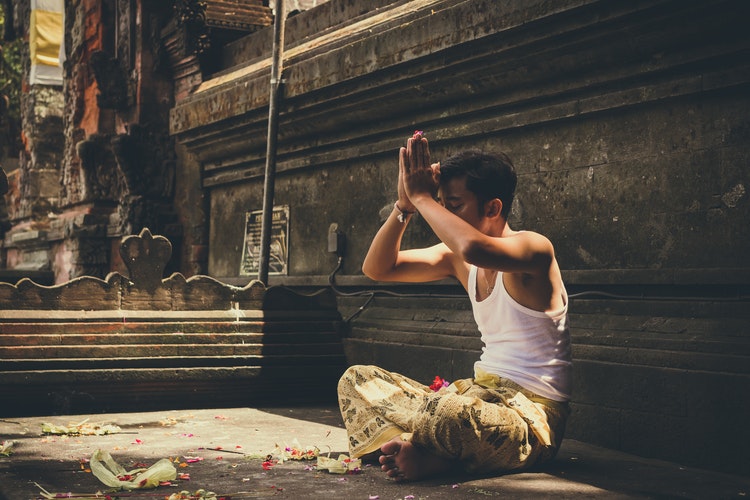
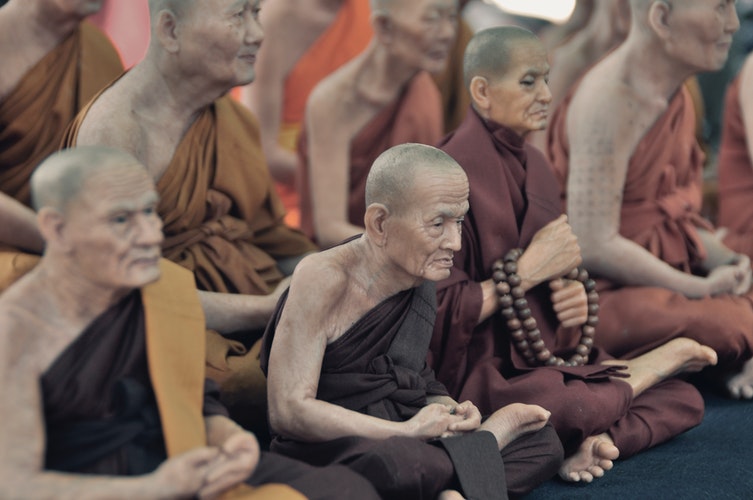
The History of Yoga – Karma Yoga
Afterward Karma yoga or yoga of action was founded in c. 300 BCE. This type of yoga emphasises taking the right action at the right time to avoid future unhappiness.
Karma means movement or change. This change brought about the action.
Life is all about movement and change. That means Karma yoga is something we cannot avoid. When we are born we have to act, to get our food, earn living, interact with outside world.
So then, in the late 19th century, yoga masters began traveling to the west. Hatha yoga was the classic school destined to influence the modern world, since its emphasis on asanas (yoga postures), breathing, and healing appealed to the Western mind. Afterward, many Westerns visited India to study Hatha yoga, and respected Indian teachers, taught in the West.
For Yoga classes please contact below
